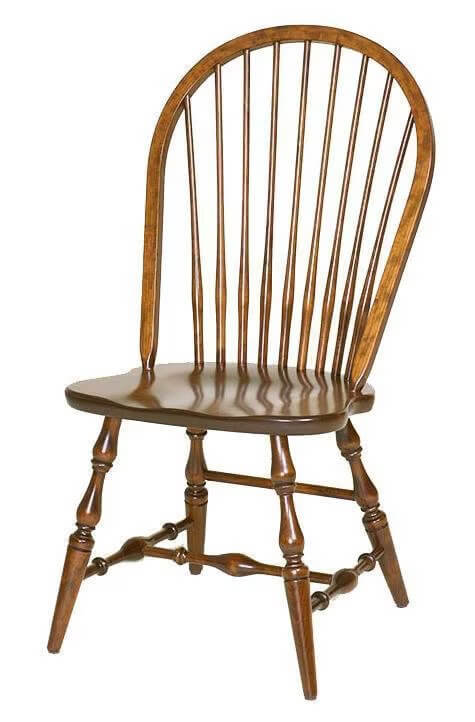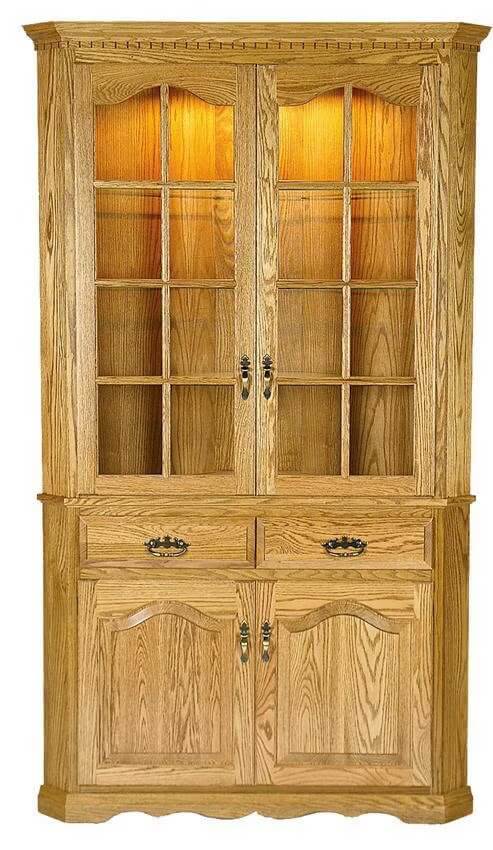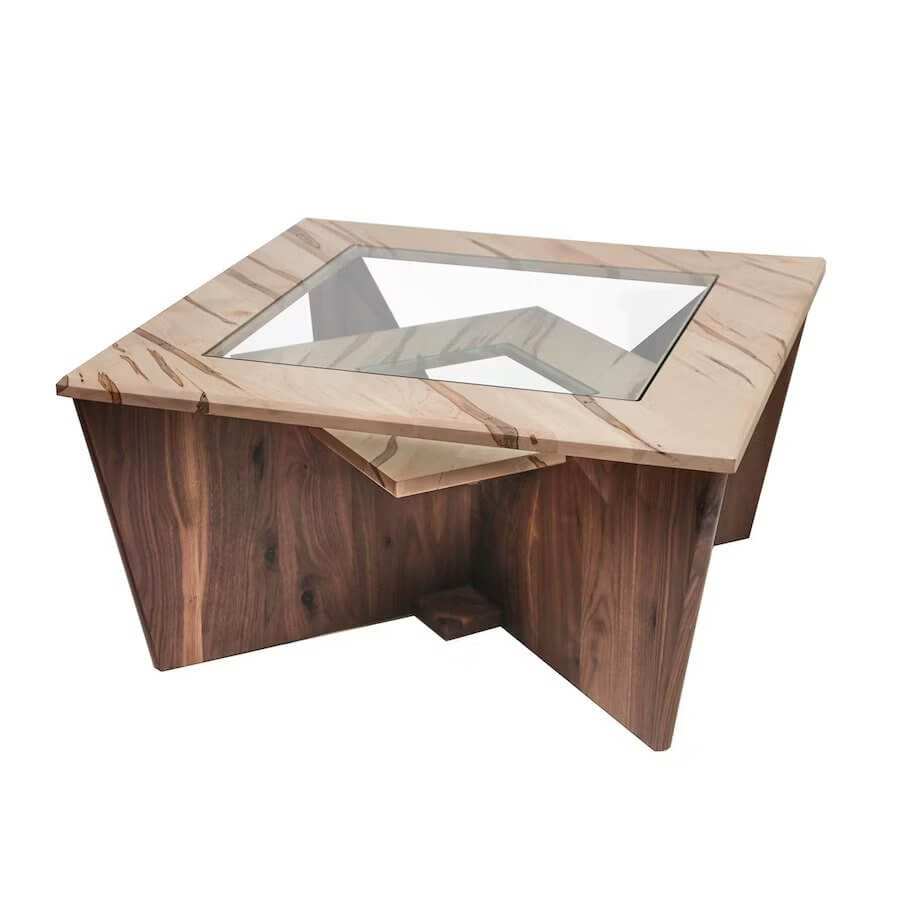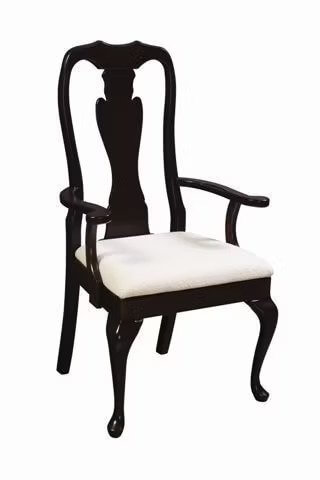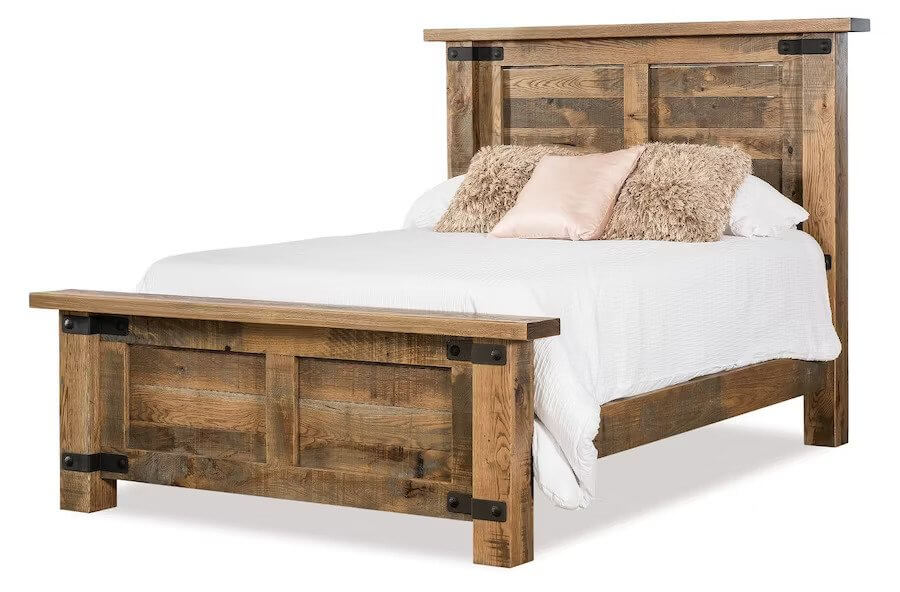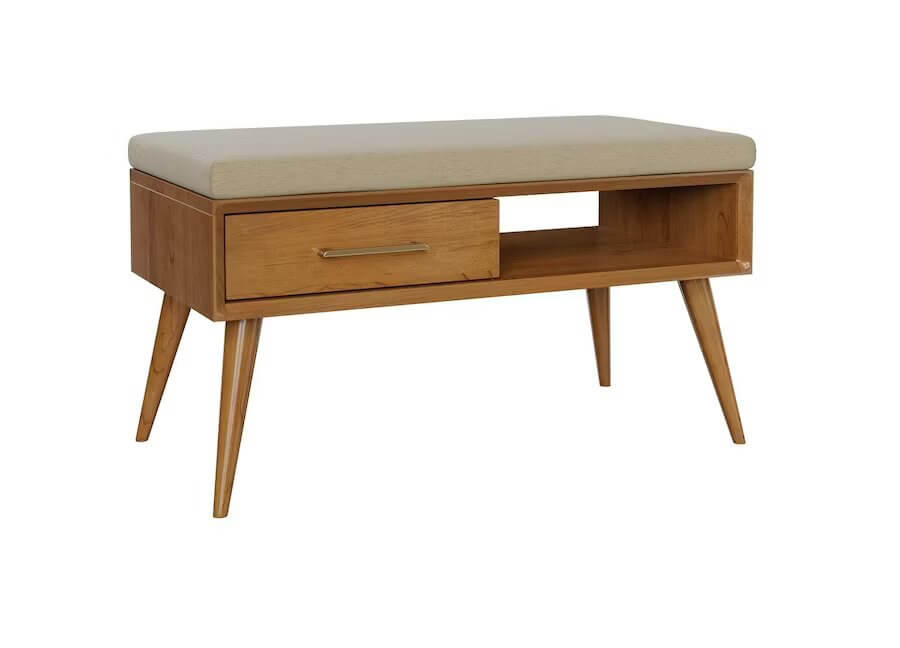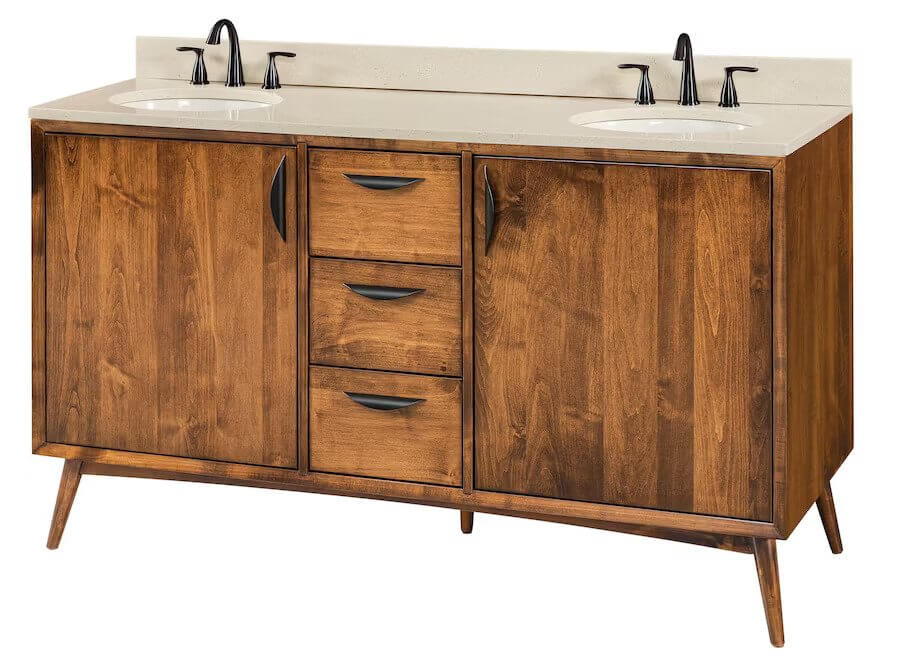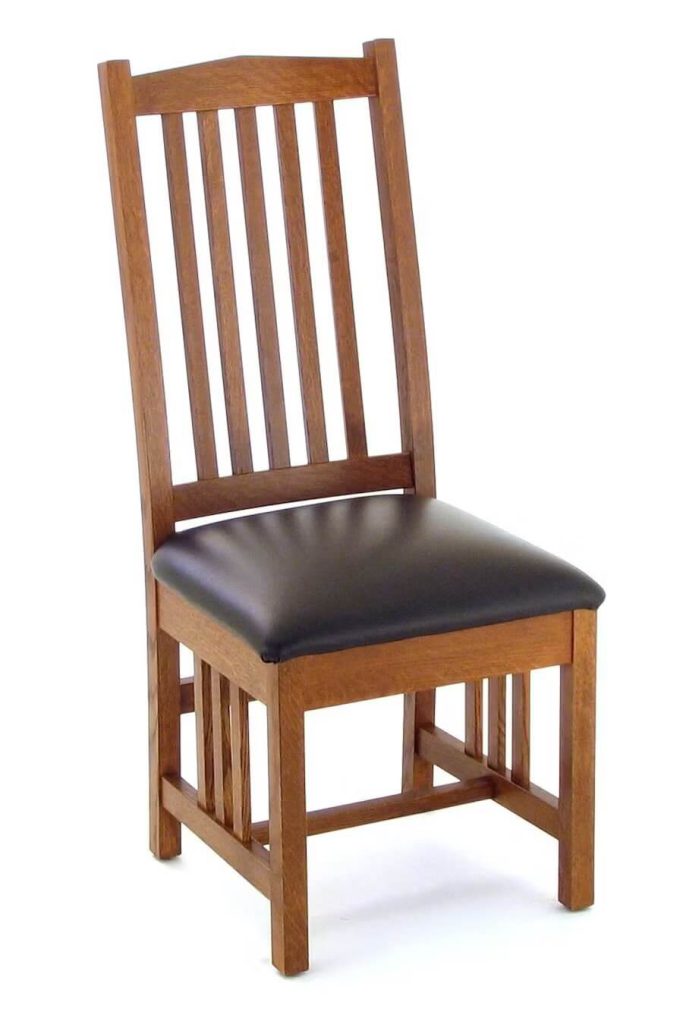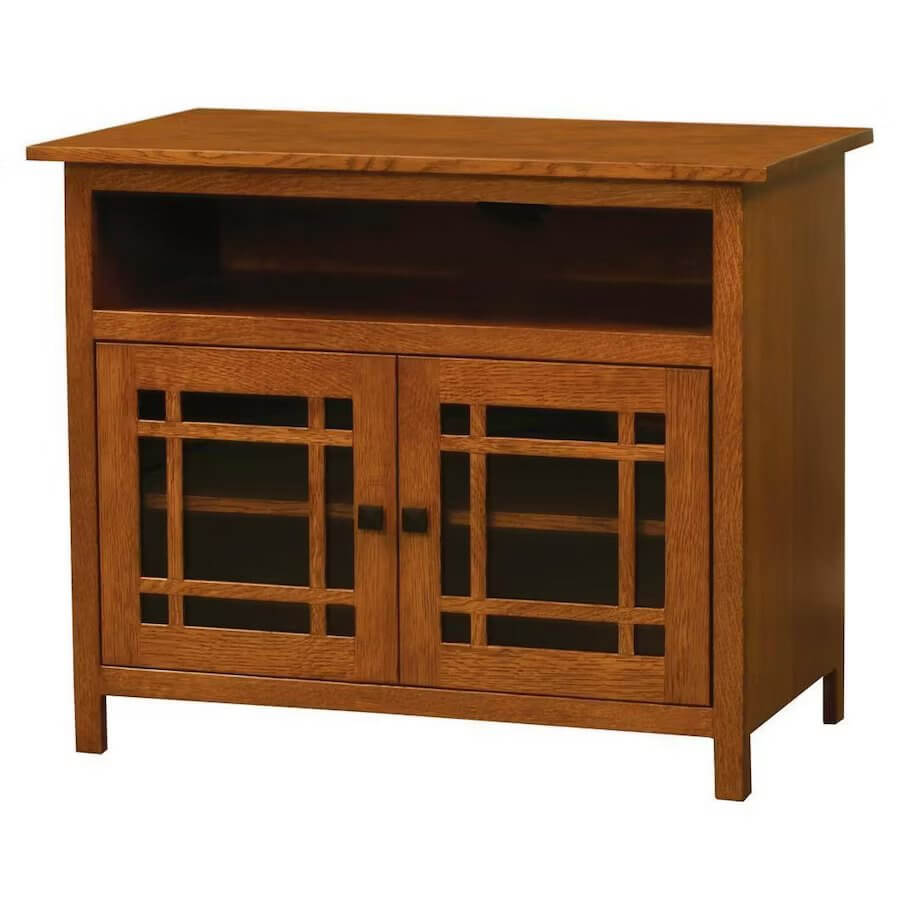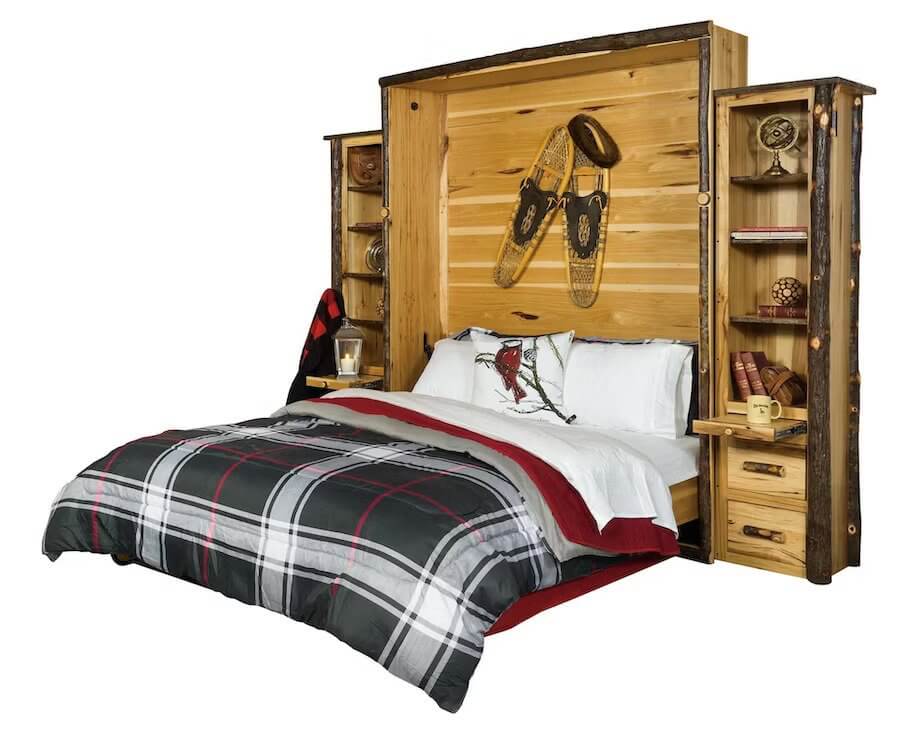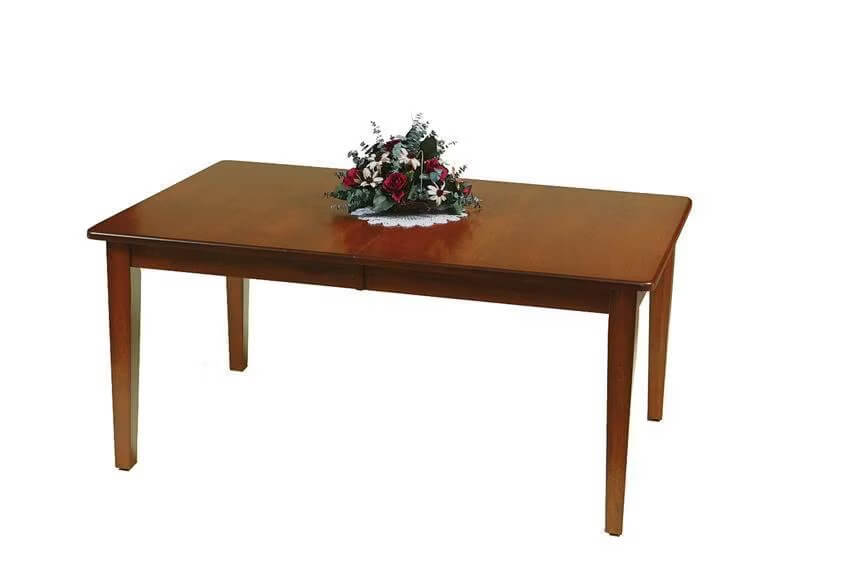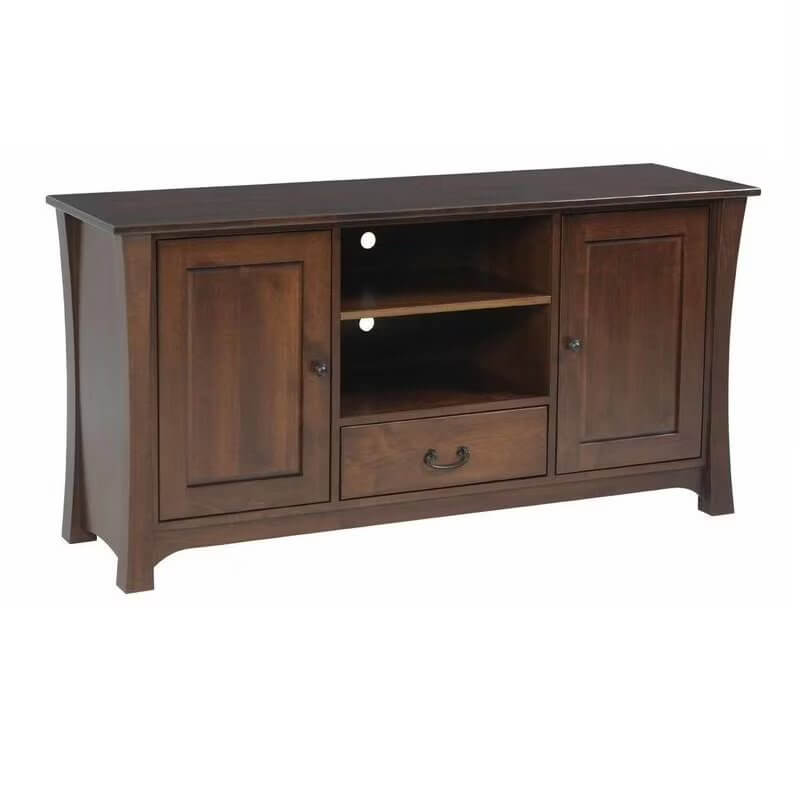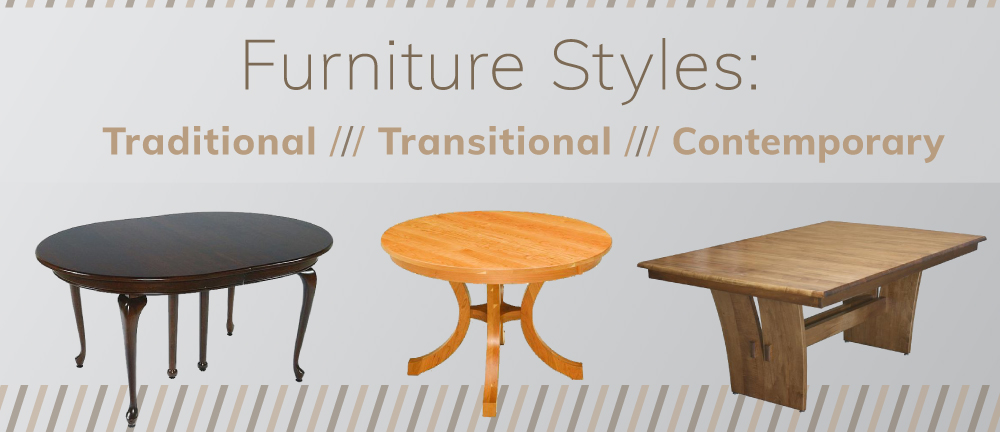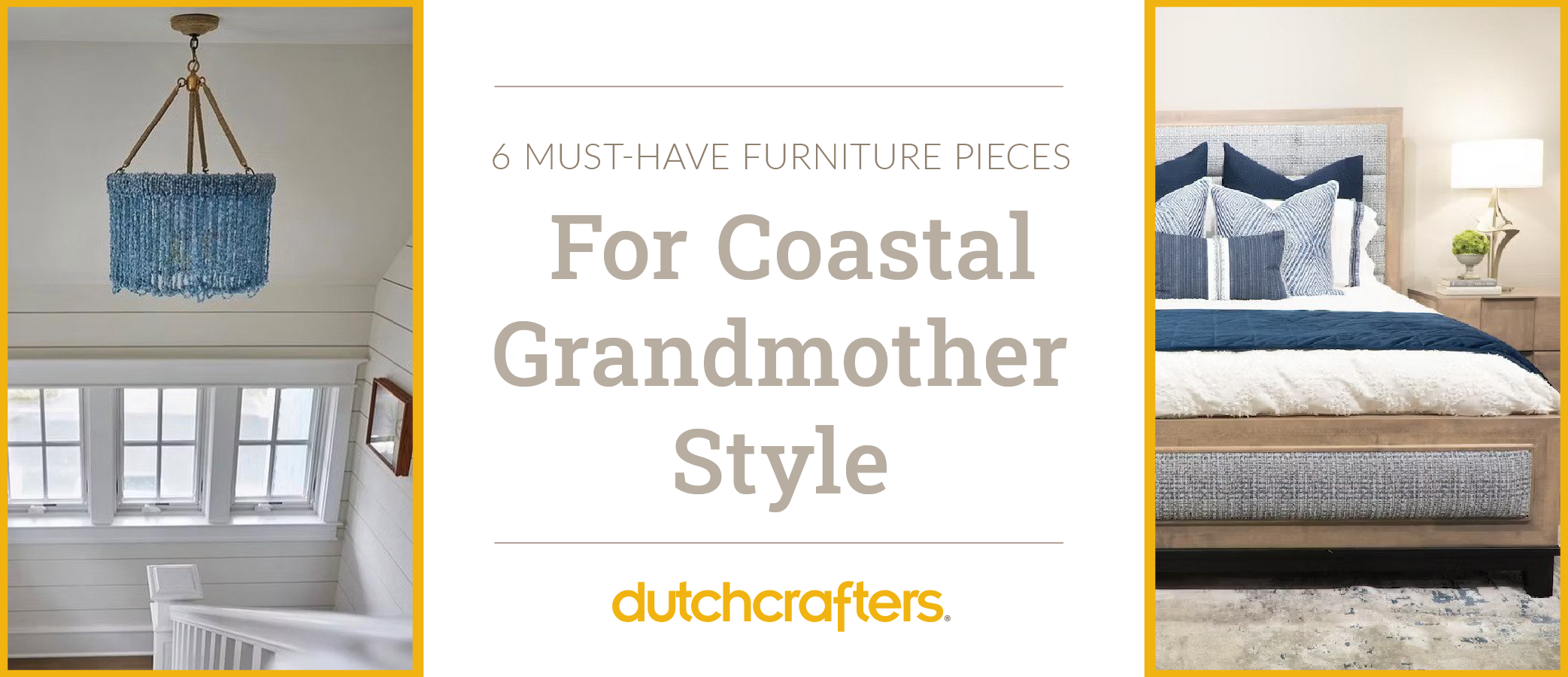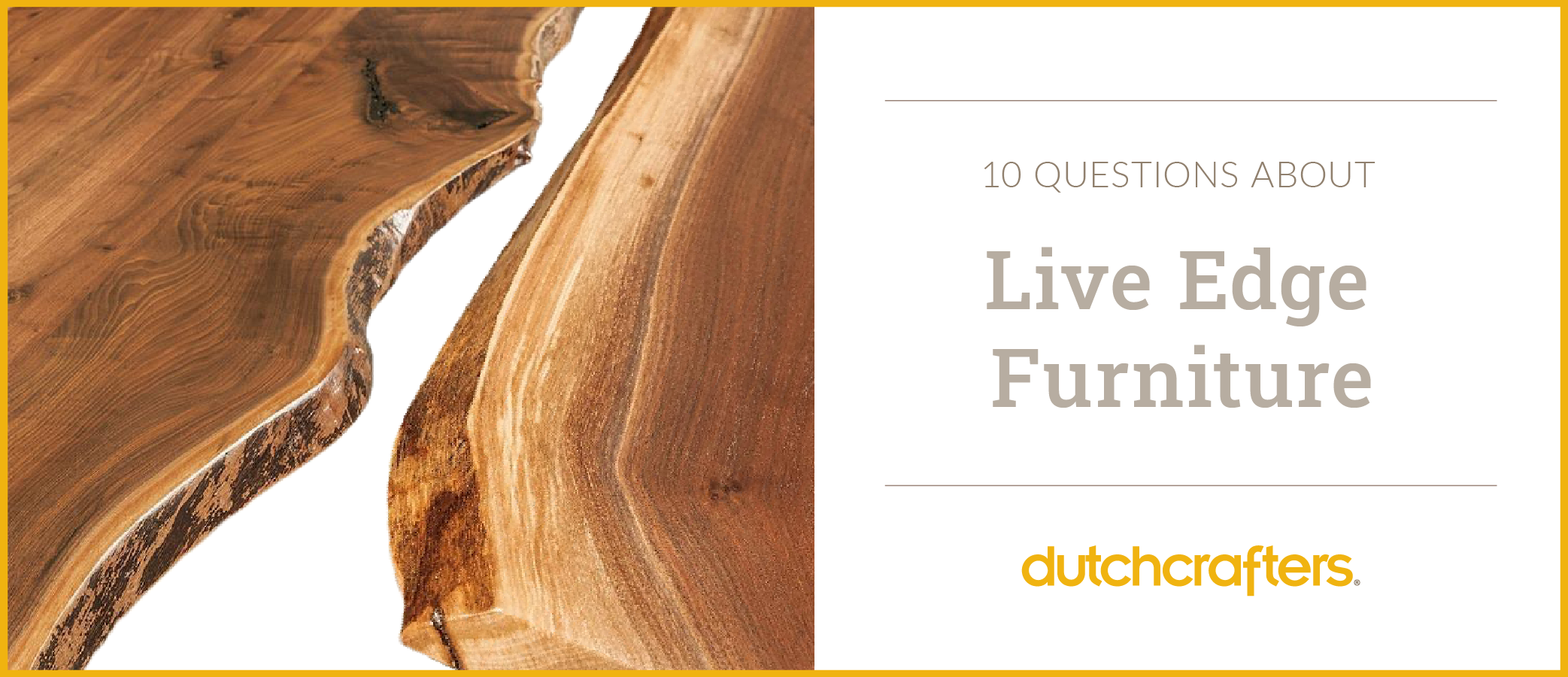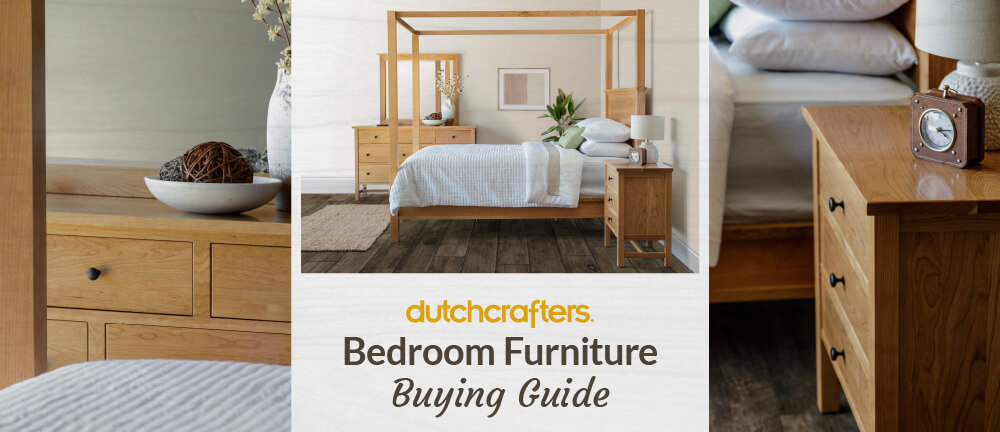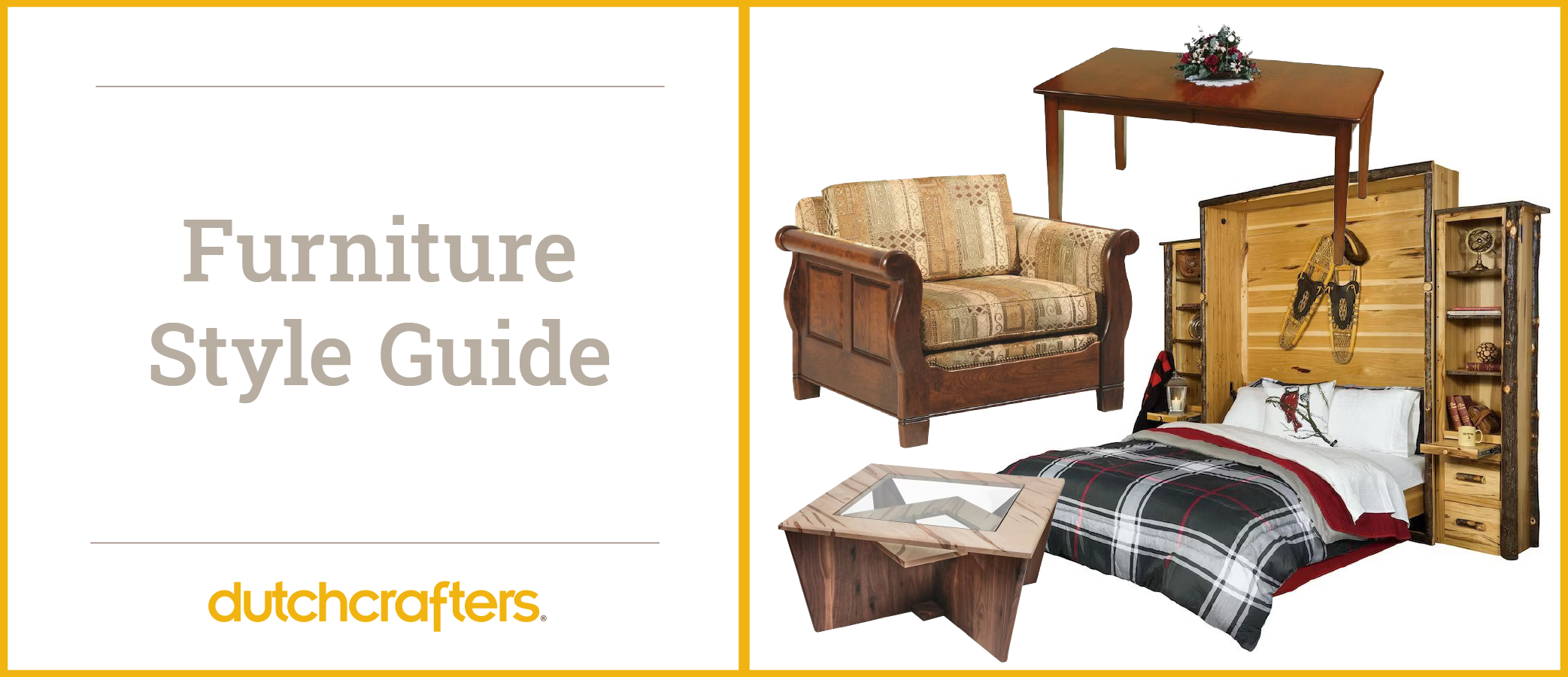
Furniture Style Guide
When it comes to furniture styles, there’s a lot to choose from. Finding your furniture style and expressing your personality throughout your home has become just as important as the comfort and support of the furniture itself. If you haven’t committed to a favorite yet, there are plenty of furniture style options to discover. From farmhouse style kitchens to mission style living rooms to mid century modern dining, each furniture design brings its own unique look and feel.
If you’ve always been committed to one style, great. But if you’re looking to remodel a room or furnish a home and you’re unsure of exactly what your favorite style is, we’re here to help. This furniture style guide breaks down nine popular styles of furniture for you to ponder, all that can be found in our Amish furniture collection.
Colonial American Furniture
Colonial style furniture evolved and grew during 1700 to 1780. Home furnishings during colonial times were practical and made with whatever materials were available. Colonial furniture was further developed by the influences of the time period. It started out pretty basic and grew into furniture that featured ornate carvings and large forms, then experienced refinements that contributed to it becoming lighter and more graceful. Style influences of colonial furniture included Early American, Jacobean, William & Mary, and Chippendale.
Early American colonial furniture was basic. There were simple lines and modest colors to define the look. Furniture was natural and plain with no frills and the focus was more on function. Some popular features to identify colonial American furniture include ladder back or spindle backs for chairs, the block or bun foot, and low simple headboards for beds.
Jacobean colonial furniture was influenced by great wealth that afforded more investment in furniture materials. Strong, solid elements emerged. Furniture was larger and more durable, combining sturdy construction with ornate carvings. Features of Jacobean influence include solid chair backs, square shaped seats, and carved designs.
The William and Mary period was named after King William and Queen Mary of England who reigned from 1689-1694. During this time, more French, Dutch and Chinese influences were added. Colonial furniture decreased in size and became more elegant and refined.
Contemporary Furniture
Contemporary style furniture keeps it simple with clean lines, smooth forms and strong profiles. Contemporary practices a “less is more” motto. It embraces natural elements and sometimes combines them with metal accents. Contemporary shapes adapt to reflect the newest developments in furniture design. Contemporary is minimalistic and won’t include added carvings or embellishments.
Formal Furniture
Formal style furniture is elegant and “dressed up,” with fluid lines and ornate carvings. There are curves and frills that come from traditional, Victorian and Queen Anne periods and influences. Traditional style furniture used Old World techniques that focused on optimal function supported by quality materials. Traditional styles emerged from Europe and took inspiration from 18th and 19th century European décor. Thick wood, dark colored stains and unique carvings were present. Claw feet and button tufted backs were popular. There’s warmth and comfort in traditional style.
Queen Anne style is perhaps the most popular and easily recognized formal furniture. This style is named after Queen Anne of England who reigned from 1701-1714. Graceful, delicate, smaller and lighter furnishings came from this time, with cabriole legs being the most recognizable Queen Anne style trait. Queen Victoria’s influence during her reign from 1837-1901 created more massive furniture forms full of ornate carvings and ornamentation.
Formal furniture combines the highlights and contributions of these time periods, with an element from each that stands out. A formal look is also about balance. Formal style rooms often include furniture that’s paired or evenly arranged. Formal style is an attention seeker.
Industrial Furniture
Industrial style furniture is also referred to as steam punk, industrial loft, and industrial chic.
Dating back to Britain’s Industrial Revolution, this furniture style grew from designs used to support work in factory manufacturing processes. When factory jobs declined, the style almost disappeared, but was reborn in the 2000’s as demand grew for high-functioning repurposed furniture. Industrial style features minimal design with a raw and unfinished look.
Materials used for industrial furniture include wood, aluminum, iron, steel, tin, stone and copper. These materials are often used to create contrast. There are no frills or excess adornments. Part of its appeal is the aged or worn look it creates. Industrial style is perfect for urban apartments and loft living. It can also fit a contemporary style home.
Mid Century Modern Furniture
Mid century modern is functional and fun, with its combination of clean lines and unique shapes. It creates a retro look that’s timeless and chic. While the growth and popularity of mid century modern began to decline in the 1960s, it saw a resurgence in the mid 1980s.
Mid century modern style blends stunning shapes and unique accents that emphasize a clean and understated framework. You’ll find natural curves, either neutral or bold colors and modern geometric shapes among its features.
Mission Style Furniture
Mission style furniture dates back to the late 1800s in the US. Mission style is simple with little decoration. It highlights straight lines and flat panels that showcase the grain of the wood. Mission style is also called Craftsman, Arts & Crafts or Mission Oak Furniture.
Mission furniture is sturdy and solid with emphasis on simple horizontal and vertical lines. It’s highly durable and versatile. Popular wood choices for Mission furniture are oak or quarter sawn white oak.
Rustic Furniture
Rustic style furniture loves to celebrate the beauty of the outdoors. Rustic is a term that denotes “lacking a polished look.” This is furniture that looks and feels natural, untouched and aged.
Rustic furniture includes hickory wood furniture, log furniture, live edge, reclaimed barnwood and rough sawn furniture. It brings the outdoors in and exhibits textured rough surfaces. Distressed wood is another look for rustic furniture. Rustic is simple, warm and comforting.
Shaker Furniture
Shaker style furniture captures beauty in its simplicity. There are no frills or embellishments. It is a well-known design named after the Shaker religious sect. Shaker is defined by quality craftsmanship that includes the hallmarks of fine woodworking like mortise and tenon joinery and dovetailed drawers. This simple yet elegant design features round wooden knobs, tapered legs and gentle curves within its strong forms.
Clean and smooth lines, simple designs, high quality craftsmanship and excellent joinery create exceptional Shaker style furniture. It possesses a timeless elegance that helps it adapt to the times.
Transitional Furniture
Transitional style furniture blends traditional and contemporary styles. This blending of old and new is often referred to as “classic with a contemporary twist.” It took off in the 1950s and offers all the comfort and elegance of traditional design with the smooth, understated outlines of contemporary.
Transitional furniture typically features straight lines with some gentle curves. There are not added adornments. Transitional furniture focuses on comfort and function and it stays in style transitioning with current styles easily.
Which furniture style is your favorite?


